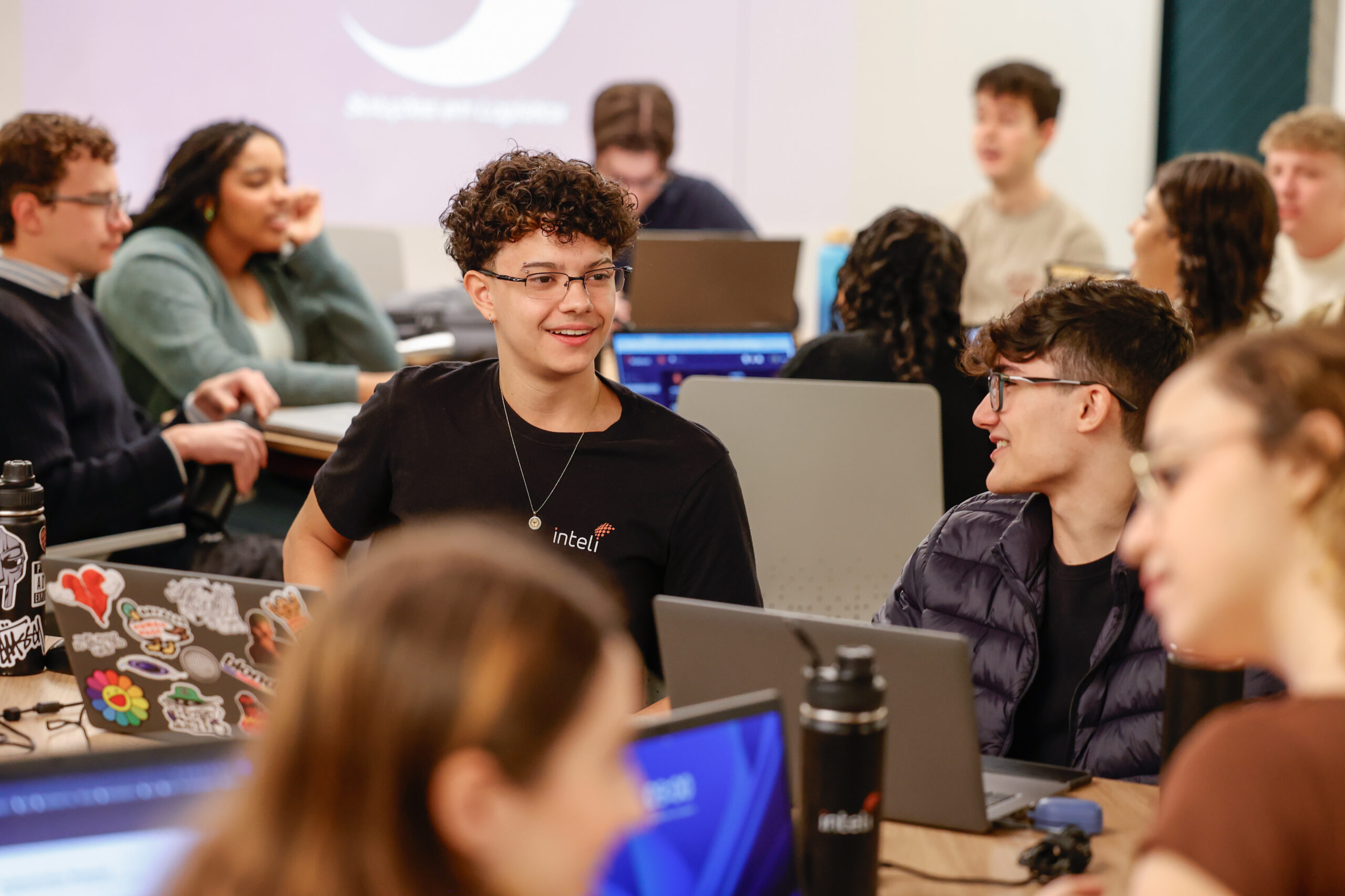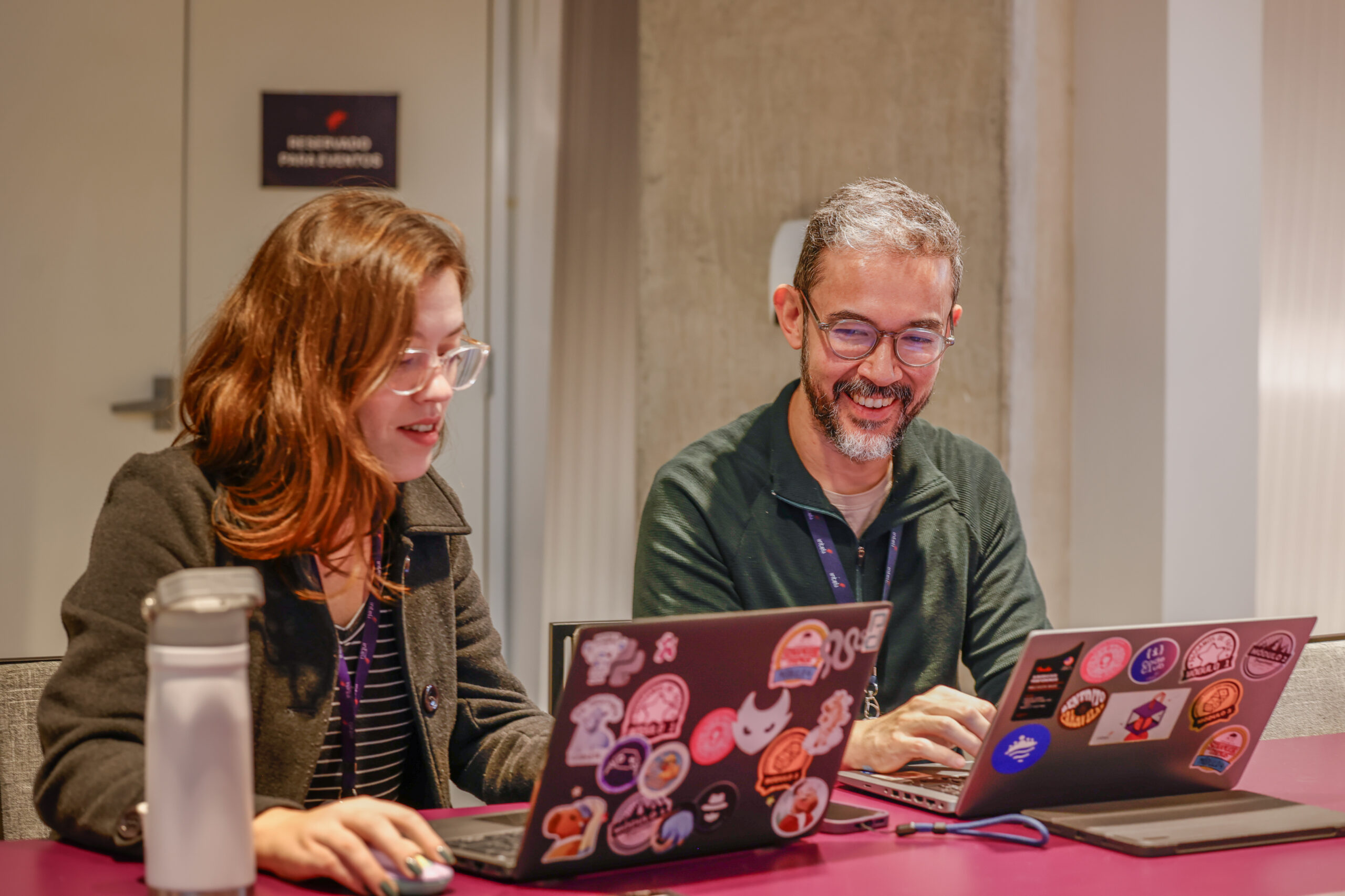The year 2025 consolidated what many experts call the inflection point of artificial intelligence. According to the HAI AI Index Reportpublished by Stanford University, there has never been more adoption, investment and social impact in AI technologies than now.
But, as futurist Bernard Marr points out, 2026 will not be about novelty, but about maturity. It's the year when we'll see the long-term effects of the ongoing transformation, with impacts ranging from the labor market to global energy, from trust in institutions to the way we learn.
And it is precisely this strategic vision that Inteli works on in the AI for Business course: to train leaders who follow trends, know how to read and apply them, and are prepared to anticipate the future.
To deepen this discussion, we asked Professor Mauricio Garcia, one of the course experts, to comment on the trends presented by the report and share how the AI for Business can help executives and professionals prepare for this new phase of artificial intelligence.
1. Intelligent agents everywhere
After the explosion of generative tools, Marr points out that 2026 will be the year of autonomous agents, systems capable of acting alone, carrying out tasks, negotiating and making decisions based on objectives. This is the practical frontier of AI: moving from response to action.
Maurício Garcia: The word "autonomous" is perhaps an exaggeration. In fact, I agree that we are heading towards an explosion of agents, but they are built with specific instructions from their developers, i.e. they act autonomously, but from pre-defined scripts.
In AI for Business, students learn to turn this vision into practice, developing AI agents that unite automation, strategy and ethics, understanding the human role in every automated decision.

2. The crisis of synthetic content
HAI warns that 90% of online content could be generated by AI by 2026. This brings opportunities, but also risks: misinformation, loss of authenticity and cognitive overload.
Maurício Garcia: The three risks are very different. Disinformation may occur, but it's no different from what existed before AI, it depends on who is creating it. The loss of authenticity also depends on who creates it. If the person doesn't know how to use AI, the content will be very weak. Finally, I don't see this issue of "cognitive overload". We've been living with it for decades.
Mauricio's reflection reinforces one of the pillars of the course: using AI with purpose and a critical sense. At Inteli, the challenge is to create professionals capable of producing valuable knowledge, not just reproducing noise.
3. The future of work
Human work is changing fast. Traditional functions are being replaced by emerging roles such as prompt engineers, AI integrators and ethicists.
Maurício Garcia: Some traditional functions will indeed cease to exist. But the main change will be the expansion of current functions. In other words, people will be able to do more things than without AI.
At AI for Business, this vision translates into practice: students learn to expand their professional capabilities, mastering AI as a tool to accelerate results, strengthen teams and rethink processes.
4. AI in the physical world
From autonomous robots to connected devices, Marr foresees a complete integration between AI and the material world. AI will not only be on screens, but in factories, cities and even our homes.
This movement echoes HAI's vision of the need for human-centered AI that respects contexts and generates positive impact.
Maurício Garcia: AI, like any technology, is just a tool. Its impact, positive or negative, will depend on who wields it. The message is more important than the messenger.
This perspective is at the heart of Inteli's training: preparing leaders capable of using technology responsibly, always connecting innovation and social impact.
5. Regulation and trust as a competitive differentiator
The AI Index 2025 shows an unprecedented advance in AI public policies, with more than 30 countries already discussing legislation based on the European AI Act. Companies that incorporate principles of governance, transparency and ethics from the outset will be ahead of the game.
Maurício Garcia: I don't see much difference in what already existed before AI. Governance, ethics and transparency were already important values. They are essential aspects, not just for companies, but for people in general.
In AI for Business, these principles are treated as leadership skills, not just compliance skills. The Governance and Regulation in AI module shows how balancing innovation and responsibility is what differentiates short-term leaders from leaders of the future.

6. The invisible AI
Marr describes 2026 as the beginning of the era of invisible AI, when it ceases to be a novelty and becomes infrastructure, as natural as electricity or the internet.
Maurício Garcia: This is already happening. We live with it without realizing it when the streaming platform suggests movies, when the cell phone completes texts that we are typing or when the navigator chooses the best route in traffic. It's already part of our lives and its insertion will become more capillary every day.
In Inteli's course, this idea is transformed into action: understanding how AI is already embedded in day-to-day operations and decisions is the first step for leaders who want to innovate with awareness and control.
7. AI for health and well-being
From preventive medicine to the creation of new drugs, AI has already become an everyday partner for healthcare professionals. This technological democratization is what HAI calls human-centered impact, when AI improves real lives.
Maurício Garcia: I'll repeat what I said earlier: AI is just a tool, it can be used for good or bad. And that's the same as many other technologies. Nuclear energy can be used to cure cancer or to make atomic bombs.
This vision reinforces an essential Inteli principle: to train professionals capable of aligning technology and purpose, ensuring that each solution created serves people, and never the other way around.
8. Sustainability and smart energy
With the exponential growth in the use of data centers, AI is now facing its greatest paradox: the environmental cost of innovation itself. By 2028, data centers are expected to consume 12% of US electricity.
Maurício Garcia: This is an important challenge. Everyone working in this area hopes that there will be an improvement in the efficiency of machines, so that they consume less energy, as well as the development of new sources of green energy, such as nuclear fusion. The future of AI will only make sense if it is positive for people and also for the planet
The future of AI will therefore be green and efficient, and the design of these systems will be a key competence, a theme present in the discussions of Trends and the Future of Organizations at AI for Business.
The role of the leader in the face of the future
If 2025 was the year in which AI became popular, 2026 will be the year in which digital leadership is put to the test. Companies, governments and professionals will need to balance automation with purpose, speed with security, and data with humanity.
As the Stanford report reinforces:
"The future of artificial intelligence will be defined not only by what machines can do, but by what humans choose to do with them."
At Inteli, this choice is clear: to train leaders who are prepared to think, decide and innovate responsibly.




